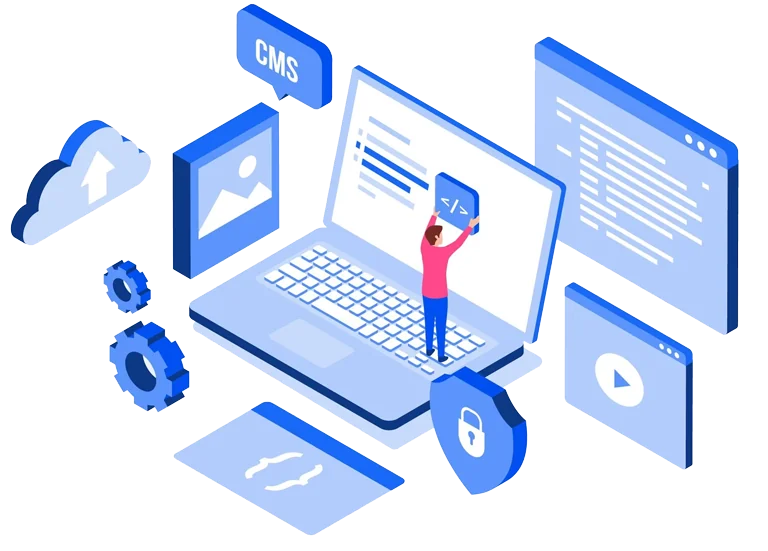As any quality assurance professional knows, testing is the crucial part of a software development lifecycle. It helps ensure that applications function as expected before release. While developers conduct unit and integration testing, user acceptance testing (UAT) offers a unique perspective – that of the end-user. UAT enables real-world testing by those who will actually be using the software. It provides an opportunity to catch issues that only emerge through hands-on interaction. UAT testing offers numerous benefits, both for development teams and the success of software products overall. Here are five top reasons to take the plunge for the UAT.
-
Experience from a User POV
Unlike developers, end-users lack inside knowledge of system design and technical details. They interact with applications purely through the user interface. UAT bridges this gap by providing firsthand insights into the user experience.
Testers can identify confusing workflows, unclear terminology, missing help features, and other issues. It enables teams to see the software as their target audience sees it – through the intuitive lens of everyday usage. Relying solely on internal testing often misses these user perspective problems. UAT offers a looking glass into user perceptions and areas for improvement.
-
Find the Defects Others Miss
Even the most seasoned developers have blind spots. When you’re deep in the code and intricacies of a system, some flaws inevitably slip through. UAT testers assess software completely objectively with fresh eyes. They explore applications in ways developers would not, finding defects that went unseen.
UAT shrinks developers down to size. It highlights that they cannot replicate all real-world use cases. Fresh UAT testing casts applications in a new light, enabling teams to swat down pesky software bugs. Squashing defects prior to release saves money and protects company reputations.
-
Save Time and Effort
UAT occurs fairly late in development cycles. By this stage, a substantial time investment has already been made. Unaddressed defects can set schedules back by weeks or months. They can also lead to costly patches post-deployment.
UAT enables teams to detect issues at the eleventh hour before applications go live. Finding bugs sooner rather than later saves considerable time reworking code and performing additional tests. It helps development teams avoid the panic, racing against deadlines due to unanticipated system fixes. Smooth UAT means teams stay on schedule for punctual releases.
-
Enhance User Satisfaction
While flawless software is always the end goal, most apps still launch with at least minor defects. Even small bugs and unintuitive features hamper user experiences, reducing application adoption and satisfaction rates.
UAT ensures teams understand precisely how real-world users will interface with software systems. Testing enables them to catch not just defects, but potential points of friction that diminish experiences. Smoothing out the faults and rough edges uncovered paints the roses red – it turns good enough software into something great.
-
Learn from Every Release
A key is that teams should learn from each development cycle, enhancing processes for the next. UAT offers concrete feedback on what works, what doesn’t, and users’ most critical priorities. It supplies user reactions and insights to fuel future improvements. It provides hard data to guide teams on refinements that offer users the highest value. Each round of UAT testing gives the gift of knowledge to build better software.
Conclusion
The user acceptance testing may seem scary or unnecessary to developers with release deadlines looming. But smooth UAT saves time in the long run and leads to happier users and stakeholders. Opkey provides a no-code test automation platform that allows any employee to easily create automated tests without technical expertise. This takes the burden off development teams and streamlines the UAT process. Test discovery technology analyzes business logs to identify which processes need testing, focusing efforts on critical areas. The solution simplifies and automates user acceptance testing through its no-code approach, test discovery features and detailed reporting. This leads to early bug detection, improved adoption of applications and helps achieve business goals on time and on budget.




